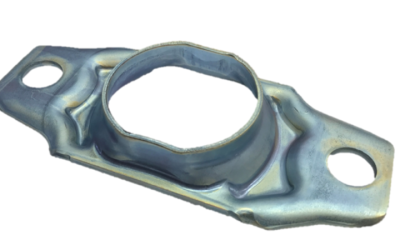In any type of application, choosing the right options in parts and components is critical to the performance, efficiency, and long-term reliability of the system. When making a choice of different options in valves in many types of production systems and processes, a mini ball valve is a natural selection.
However, not all applications are the right match for a ball valve. Understanding when and where to use a mini ball valve can help OEMs and system designers to choose the best way to control the flow of liquid, air, gas, steam, or any other type of media through the system.
High Pressures and Temperatures
With the various materials used in the manufacturing of mini ball valve , these valves can be used in systems with high and low temperatures, flow rates, and pressures. The key is in matching the ball valve with the working parameter of the given system.
When considering a specific material and seal combination for the valve, it is critical to consider the highest and lowest range for each factor, and not just considering the average.
Life Cycle
The design of the mini, standard, or industrial sized ball valves makes them extremely durable. They are a simple, externally controlled valve that can be made of materials that resist corrosion and also the build-up of materials within the valve.
It is not uncommon for ball valves to last decades before they need to be replaced. In some systems, the ball valve may not be used for months or longer, and they tend to be durable enough to operate when needed, without any required maintenance in between uses.
Quality manufacturing is critical when choosing any type of valve. Always look for ball valves from top manufacturers for reliable performance in any application.


